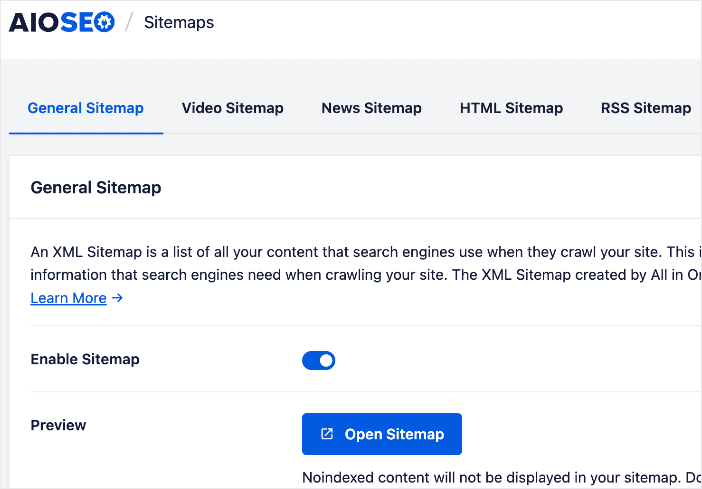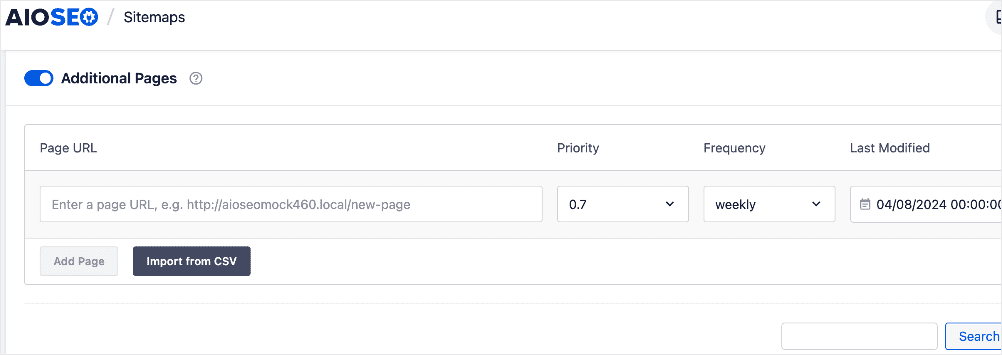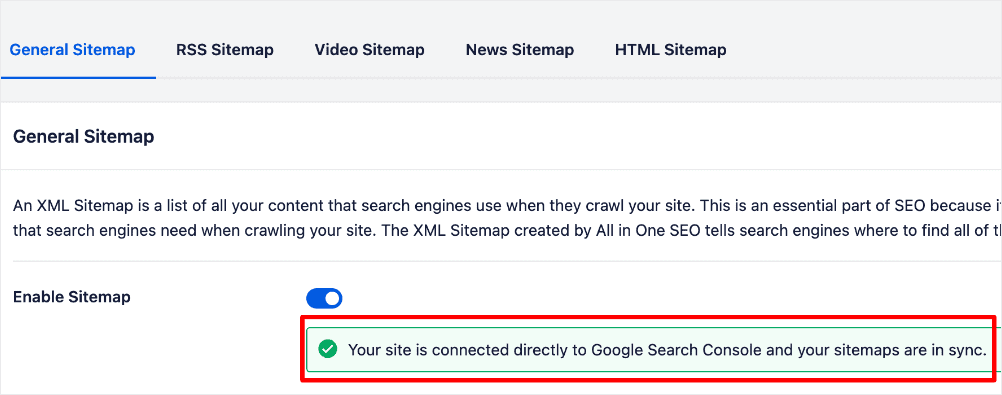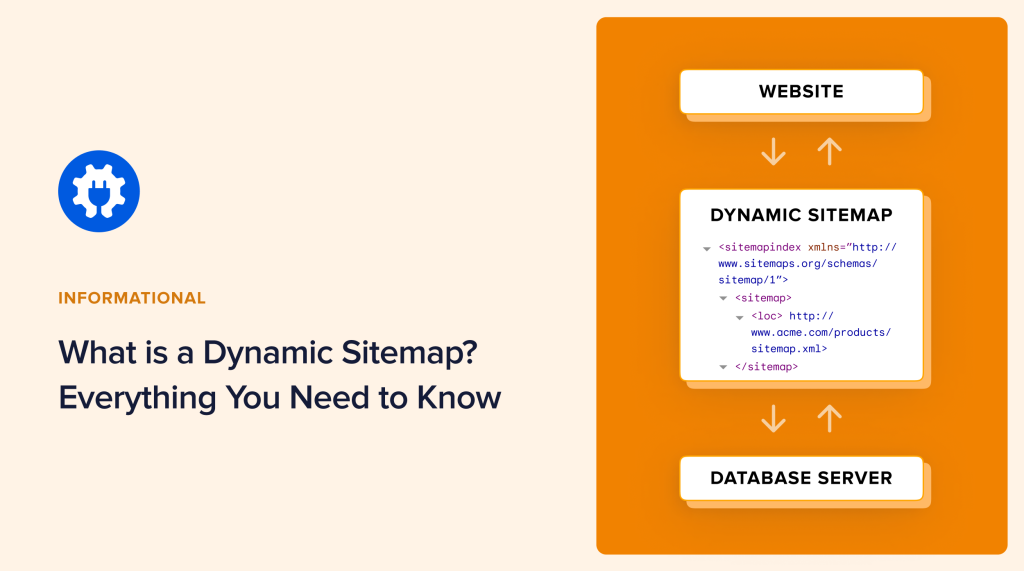Would you like to know what a dynamic sitemap is and how to generate one for your site?
Sitemaps are an essential part of ensuring effective crawling and indexing. Therefore, keeping them updated is crucial. This is where dynamic sitemaps come into play.
In this article, I’ll explain what a dynamic sitemap is and show you how to easily generate one for your site.
In This Article
What is a Dynamic Sitemap?
A dynamic sitemap is an XML file that automatically updates itself whenever a user or search engine bot requests it. Unlike a static sitemap, which is a fixed file that needs manual updates, a dynamic sitemap reflects the latest state of your website in real-time. This ensures that search engines can always find and index your most recent content.
Benefits of Dynamic Sitemaps
There are several advantages to using dynamic sitemaps. Some of the top ones include:
Always Up-to-Date
This is a game-changer for websites that constantly churn out fresh content. Imagine forgetting to update your static sitemap after publishing a new blog post or adding a product page. Search engines wouldn't be aware of this new content, delaying its potential appearance in search results.
Dynamic sitemaps eliminate this worry.
Every time a new page is added, removed, or updated, the sitemap automatically reflects these changes, ensuring search engines have the most recent information about your website's structure and content. This leads to faster discovery and indexing of your valuable content.
Reduced Maintenance
Static sitemaps require manual intervention to keep them current, which can be time-consuming, especially for large websites with frequent updates. Dynamic sitemaps completely remove this burden. They function like self-updating documents, freeing you to focus on more strategic SEO initiatives.
Improved Crawlability
Search engines rely on sitemaps to understand the structure and organization of your website. A static sitemap might not capture all the intricate details of a complex website, especially one with dynamically generated content.
Dynamic sitemaps, on the other hand, provide a clear and constantly updated roadmap for search engine crawlers. This makes it easier for them to crawl and discover all of your website's content, including hidden pages or dynamically generated product listings. Better crawlability translates to more indexed pages, potentially increasing organic traffic.
Improved Reliability
Technical glitches happen. During website maintenance, there's always a chance of accidentally deleting or overwriting your static sitemap. This can have negative consequences for your SEO efforts. Being automatically generated, dynamic sitemaps are not susceptible to such human errors. They remain readily available for search engines to access, ensuring consistent communication between your website and search engine crawlers.
Dynamic Sitemap vs. Static Sitemap
The main difference between dynamic sitemaps and their static counterparts is that dynamic sitemaps automatically update when site content changes. Static sitemaps, on the other hand, require manual updates each time. Because of this, dynamic sitemaps are preferred for frequently updated websites.
Other differences are presented in the table below:
| Feature | Dynamic Sitemap | Static Sitemap |
| Update Method | Automatic | Manual |
| Maintenance | Low | High |
| Accuracy | Always reflects latest content | May become outdated |
| Crawlability | Improved | May be less effective for complex websites |
As you can see, static sitemaps are outdated. Dynamic sitemaps are advisable for better crawling, indexing, and rankings.
How to Generate a Dynamic Sitemap in WordPress
There are several ways to generate a dynamic sitemap for your website. However, using a WordPress SEO plugin like All In One SEO (AIOSEO) is the easiest way.

AIOSEO is a powerful, easy-to-use SEO plugin with over 3 million active users. Because it’s regularly updated, you can rest assured the plugin stays abreast of changes in SEO best practices and keeps up with WordPress versions.
Millions of smart bloggers and marketers use AIOSEO to boost their search engine rankings and drive qualified traffic to their blogs because the plugin has many powerful features designed to help them properly configure their SEO settings.
Regarding dynamic sitemaps, AIOSEO has a powerful Sitemap Generator.

The sitemaps are easy to use, and you can customize them to optimize your site for higher rankings and maximum traffic.
Best of all, AIOSEO generates dynamic sitemaps by default. So you don’t have to worry about taking extra steps to make your sitemaps dynamic.
With AIOSEO’s sitemap generator, you get to choose to include or exclude:
- Images and galleries
- Password-protected posts
- Custom post types
- Media attachment pages
- Archive pages for tags, categories, authors
- And more
Plus, AIOSEO’s Sitemap Generator gives you advanced options like uploading multiple URLs from a CSV file.

AIOSEO will also automatically notify search engines whenever you publish, update, or delete content on your site.

This works especially well if you’ve connected your site to Google Search Console using AIOSEO’s connection flow (which is super easy).
Check out our tutorial on creating sitemaps in WordPress for step-by-step instructions on creating a sitemap.
What is a Dynamic Sitemap? Your FAQs Answered
Are dynamic sitemaps better for SEO?
Yes, dynamic sitemaps ensure all your latest content is quickly discoverable by search engines, improving your website's visibility and rankings.
Yes, dynamic sitemaps ensure all your latest content is quickly discoverable by search engines, improving your website's visibility and rankings.
Do I need to submit a dynamic sitemap?
No, search engines automatically detect changes to your dynamic sitemap. However, you can still submit it once initially.
No, search engines automatically detect changes to your dynamic sitemap. However, you can still submit it once initially.
We hope this post helped you know what a dynamic sitemap is, why it’s important, and how to generate and optimize yours. You may also want to check out other articles on our blog, like our tutorial on adding an HTML sitemap in WordPress or our guide on submitting your sitemap to Google.
If you found this article helpful, then please subscribe to our YouTube Channel. You’ll find many more helpful tutorials there. You can also follow us on X (Twitter), LinkedIn, or Facebook to stay in the loop.
Disclosure: Our content is reader-supported. This means if you click on some of our links, then we may earn a commission. We only recommend products that we believe will add value to our readers.

